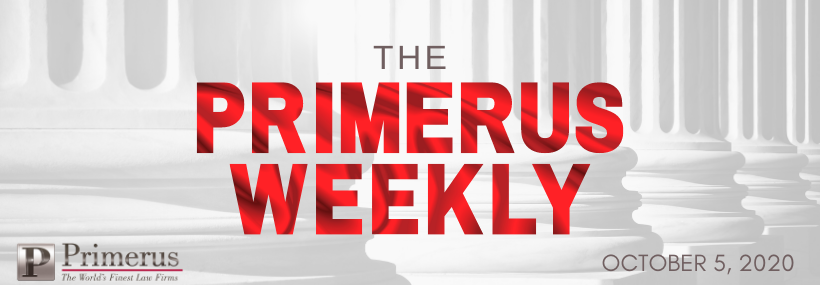
Department of Labor Joint Employer Rules Rejected by Court
By: Phil Mortensen, Barton LLP
Since at least 1939, the U.S. Department of Labor (“DOL”) has recognized that multiple employers could jointly “employ” a single employee within the meaning of the Fair Labor Standards Act (“FLSA”). If two (or more) employers fit the definition of “employer,” they can be held liable for FLSA violations as “joint employers.”
Periodically, the DOL updates its definition of joint employer. For example, in 2016, the then Administrator of the DOL’s Wage and Hour Division directed Department investigators to look to the “economic realities” of the relationship between or among employers. After President Trump took office in 2017, the DOL issued new regulations defining what constitutes joint employers and attempted to greatly narrow the definition.
The DOL addressed two distinct types of joint employers: (i) “horizontal” joint employment where a given employee works for two or more employers in a given pay period and (ii) “vertical” joint employment where an employer uses an employing agency to screen, hire, and handle administrative personnel duties, while the employer actively supervises the employee on a day-to-day basis. With respect to the vertical joint employer relationship, the DOL adopted a four-prong test:
- Who has the power to hire and fire?
- Who supervises and schedules the employee on a daily basis?
- Who determines the employee’s pay and benefits?
- Who maintains the employee’s records?
“Control” under these four factors seemed to be at the core of the DOL rule.
The proposed rule was lauded by the business community which viewed the proposed DOL rule as making it easier to “get around” the joint employer status; i.e., employers would be more greatly insulated against joint employer claims. However, the new rule was short-lived. After New York State and several other states sued the DOL, the U.S. District Court for the Southern District of New York handed down a decision on September 8th of this year, finding that the DOL’s rule, with respect to vertical joint employers, was violative of the Administrative Procedures Act and the FLSA. To that latter point, the Court noted that “an employer is a joint employer if it suffers or permits an employee to work while another employer simultaneously suffers or permits the same employee to work.” And, in the Court’s opinion, the DOL’s new rule ignored that basic premise and wrongfully attempted to greatly restrict the FLSA’s broad definition of joint employer.
Where does that leave employers today? Quite simply, employers go back to the 2016 regulations for guidance pending a likely appeal by the DOL.
If you have questions about how your arrangement with another employer might be impacted by this decision and/or the pre-existing DOL rules, please contact Phil Mortensen at pmortensen@bartonesq.com.

